Cape Canaveral, Fla. — October 8, 2025
In a fiery spectacle that lit up Florida’s Space Coast skies, SpaceX successfully launched another fleet of Starlink satellites aboard its trusted Falcon 9 rocket. The launch took place Tuesday evening from Cape Canaveral Space Force Station, continuing the company’s ambitious mission to build a global high-speed internet constellation.

The rocket lifted off at 7:42 p.m. local time, drawing crowds along the Atlantic coastline who gathered to watch the now-familiar sight of Falcon 9 piercing the twilight sky.
SpaceX confirmed that the payload of22 Starlink satelliteswas successfully deployed into low-Earth orbit, further expanding the network that currently provides internet service to more than 70 countries.
“Tonight’s launch is another step in connecting communities around the world,” said a SpaceX spokesperson. “Our Starlink service is designed to provide reliable, high-speed internet in even the most remote areas.”
This mission also showcased another successful landing of the Falcon 9’s reusable first stage on the droneship “A Shortfall of Gravitas” stationed in the Atlantic Ocean. The landing was met with cheers from spectators and marked SpaceX’s 270th booster recovery to date, underscoring the company’s focus on cost-efficiency in spaceflight.
The Starlink project has not been without its critics, with concerns raised over satellite congestion in orbit and potential interference with astronomy. Scientists have repeatedly called for greater regulation to mitigate light pollution from the expanding constellation.
“We recognize the importance of preserving dark skies and continue to work with astronomers to reduce satellite visibility,” SpaceX noted in its mission update.
Looking ahead, SpaceX is expected to continue near-weekly Starlink launches throughout the remainder of 2025, with the goal of bringing online service to underserved regions in Africa, Asia, and South America.

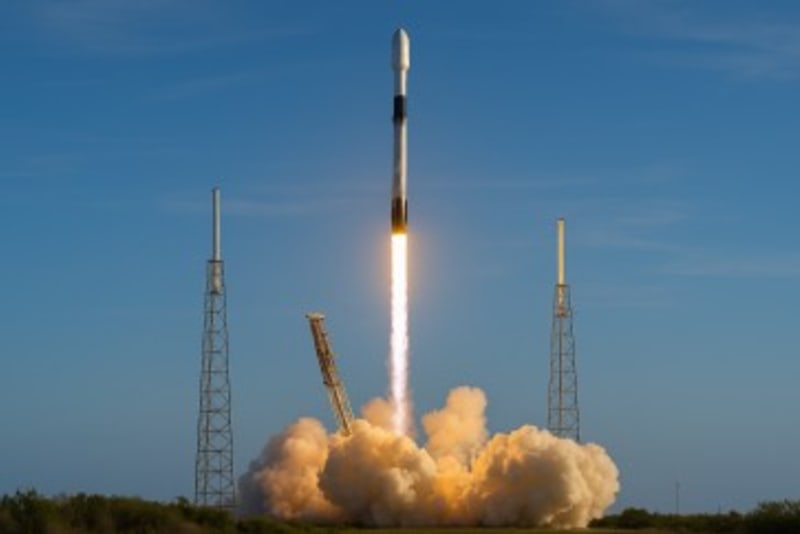
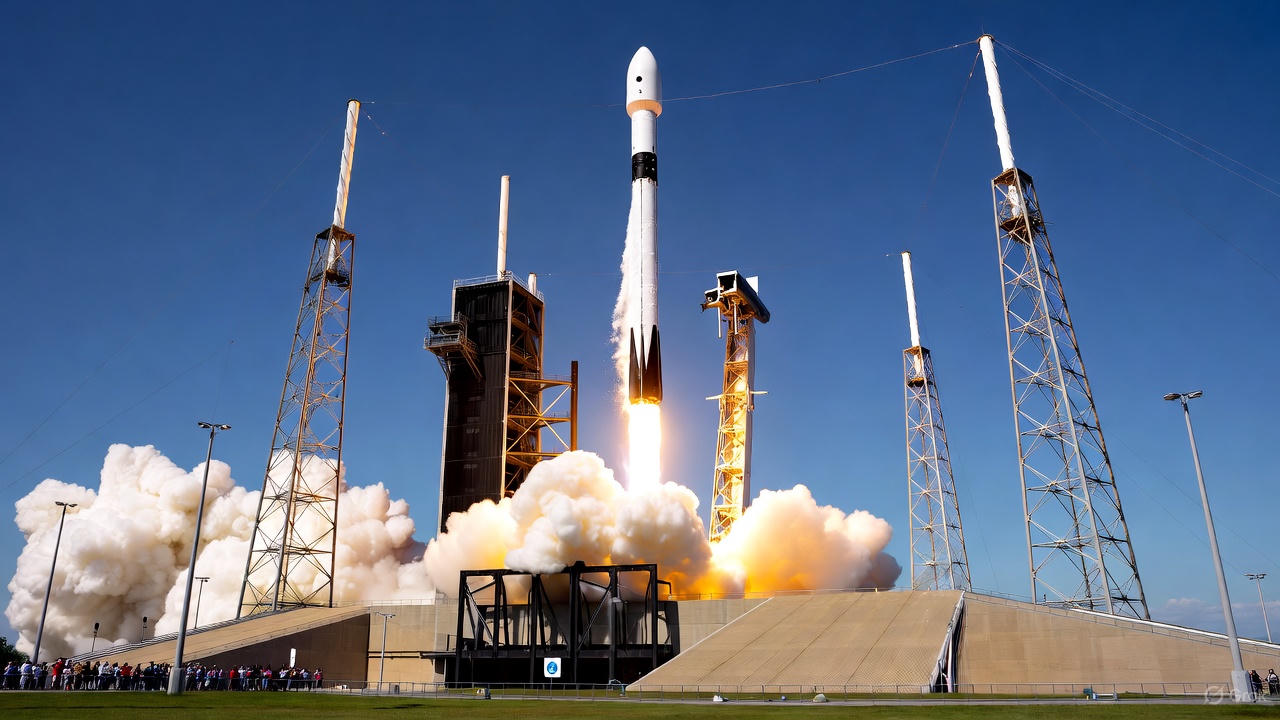
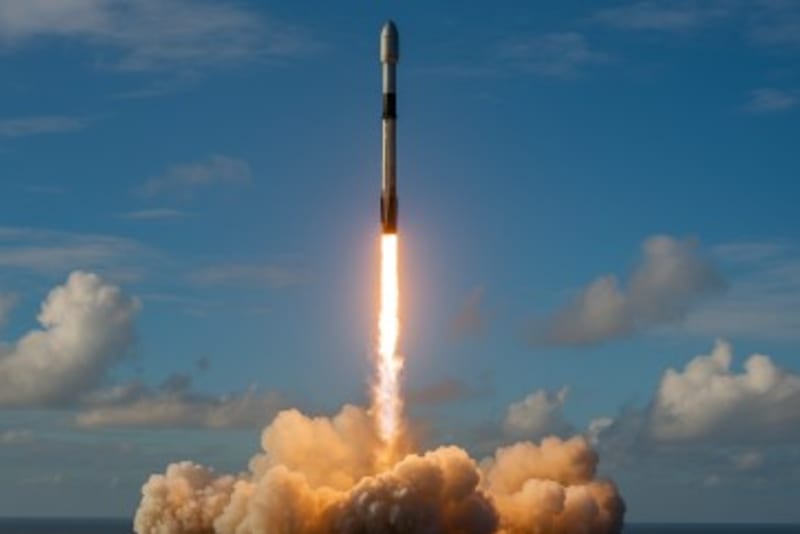
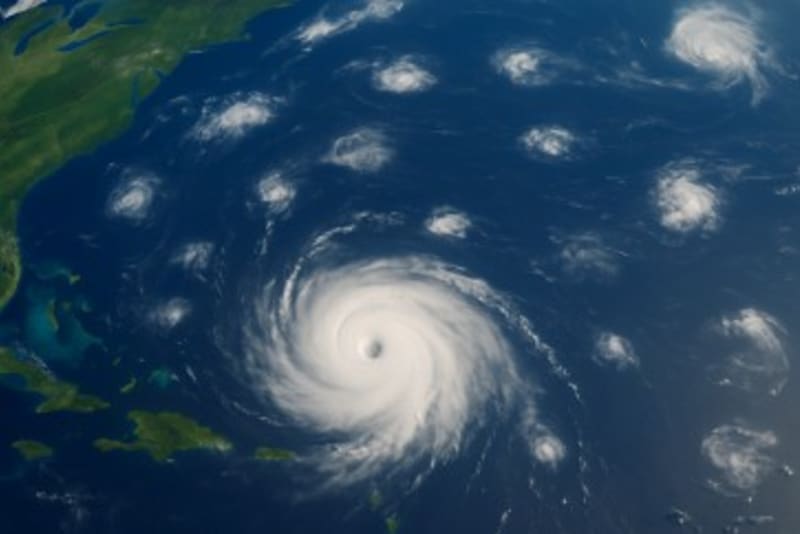
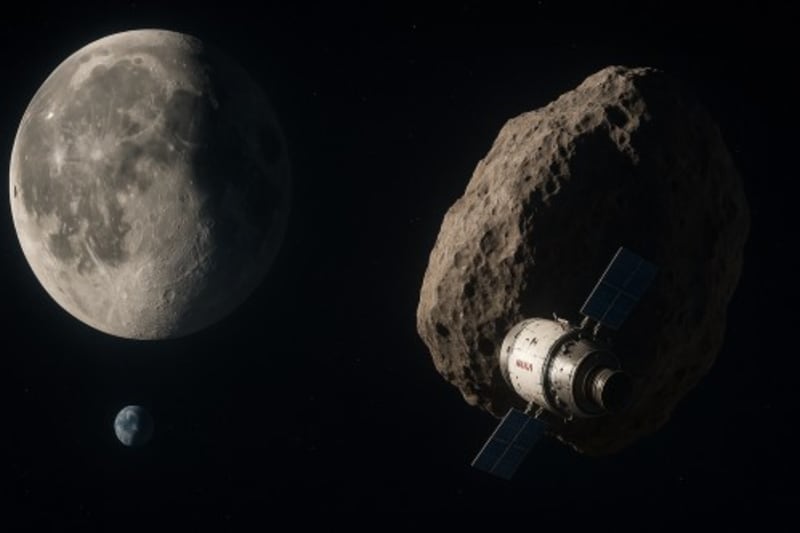
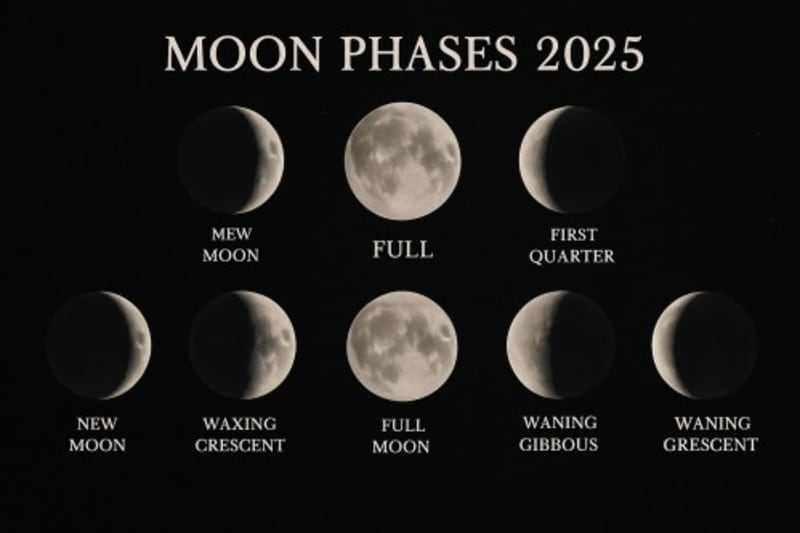
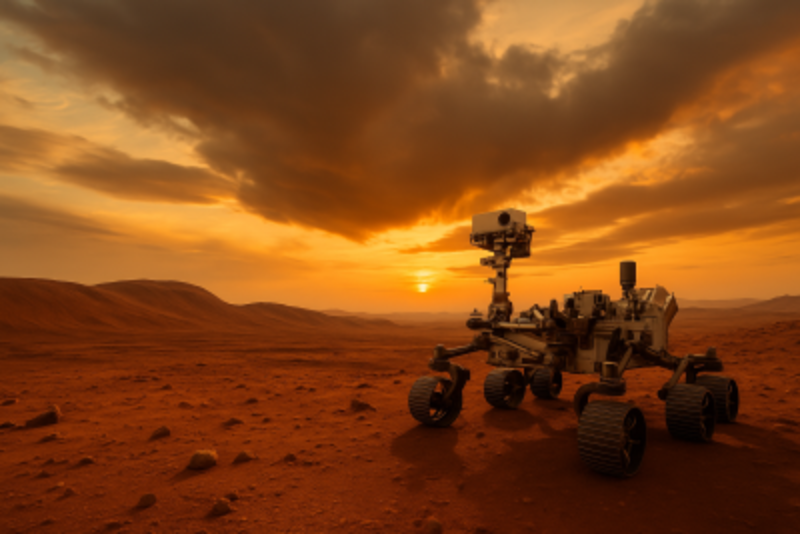
Comments
No comments yet. Be the first to comment!